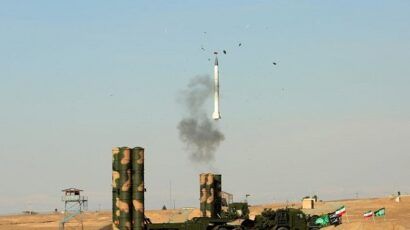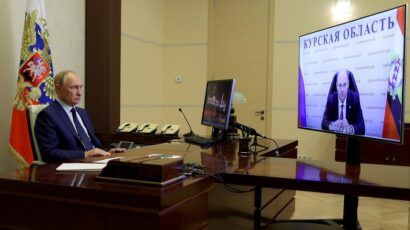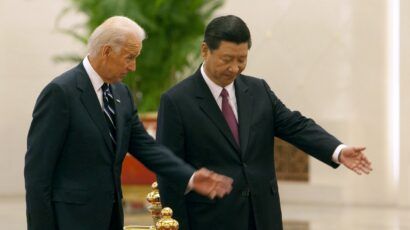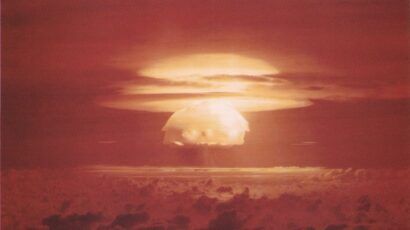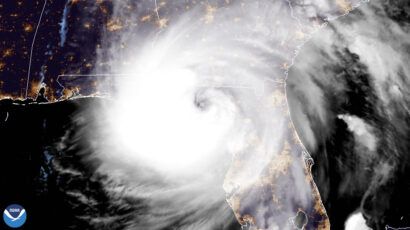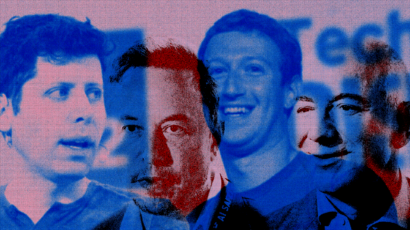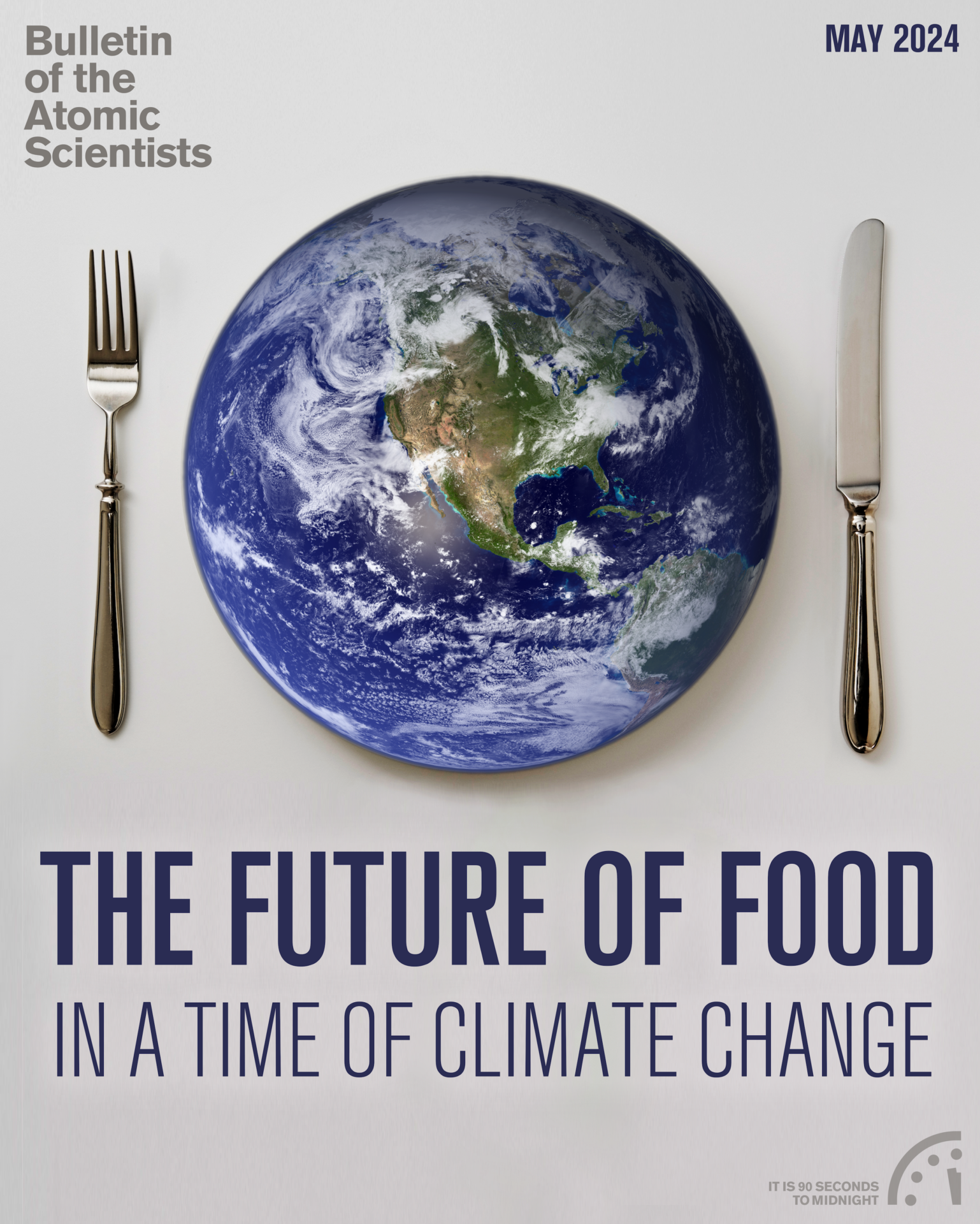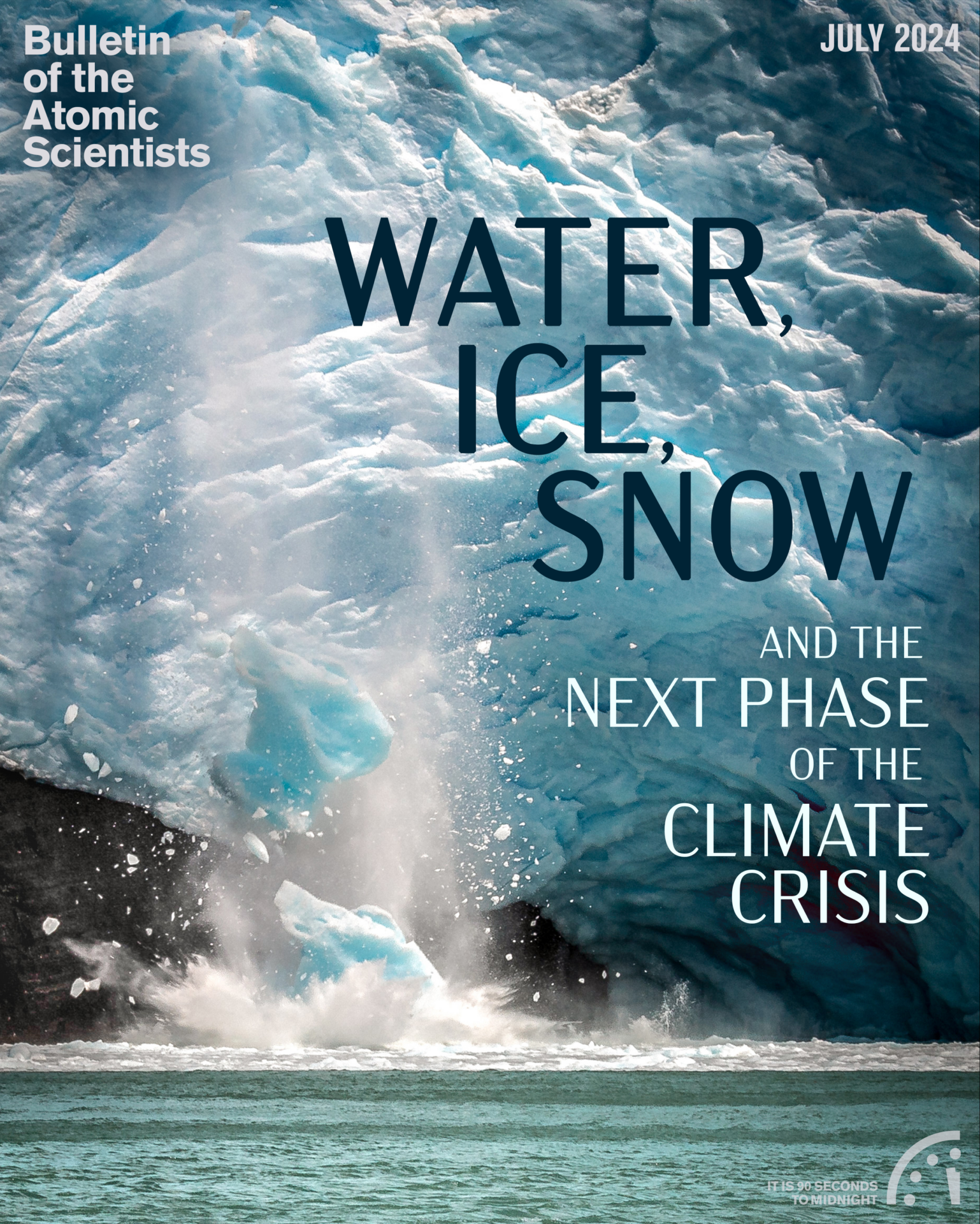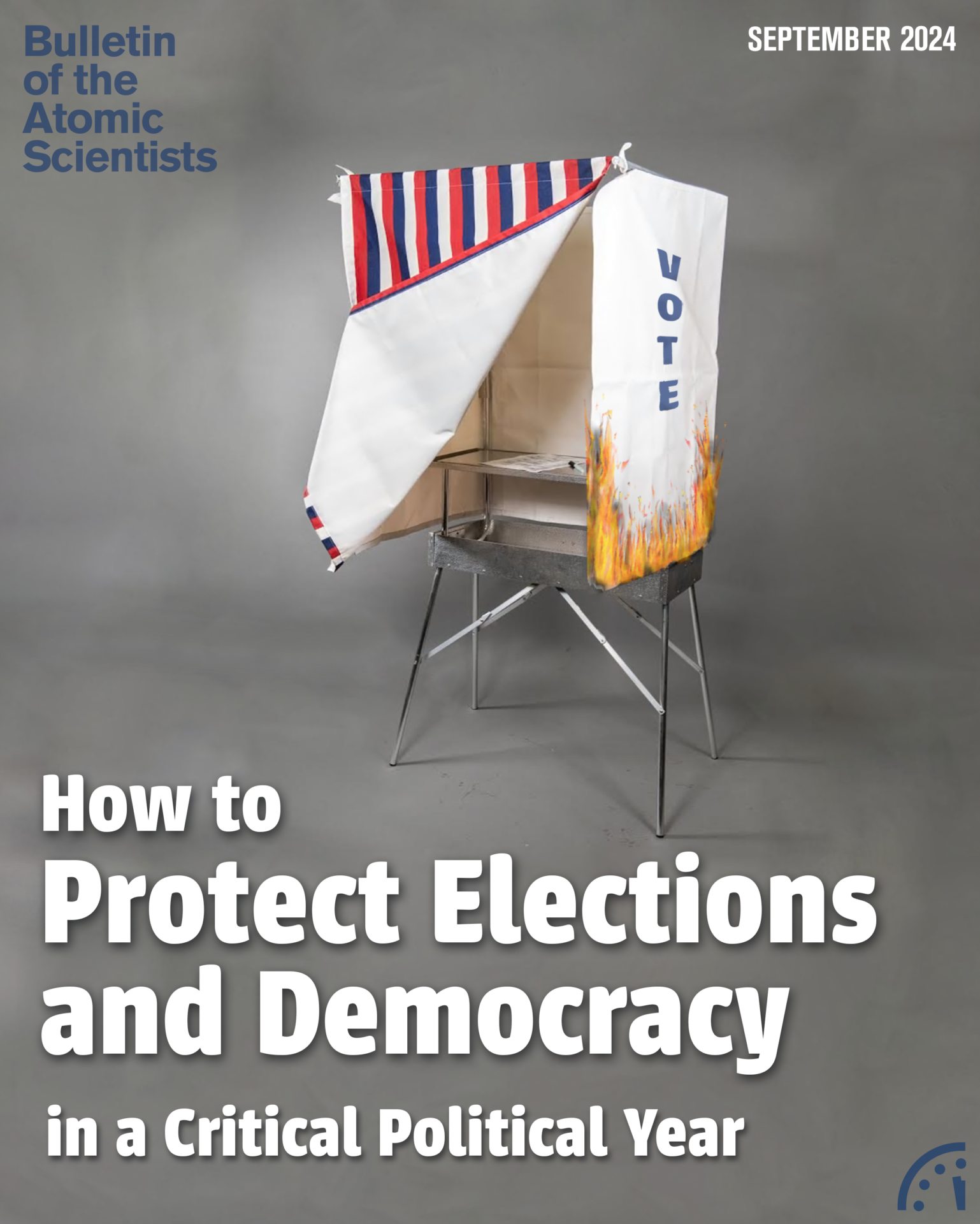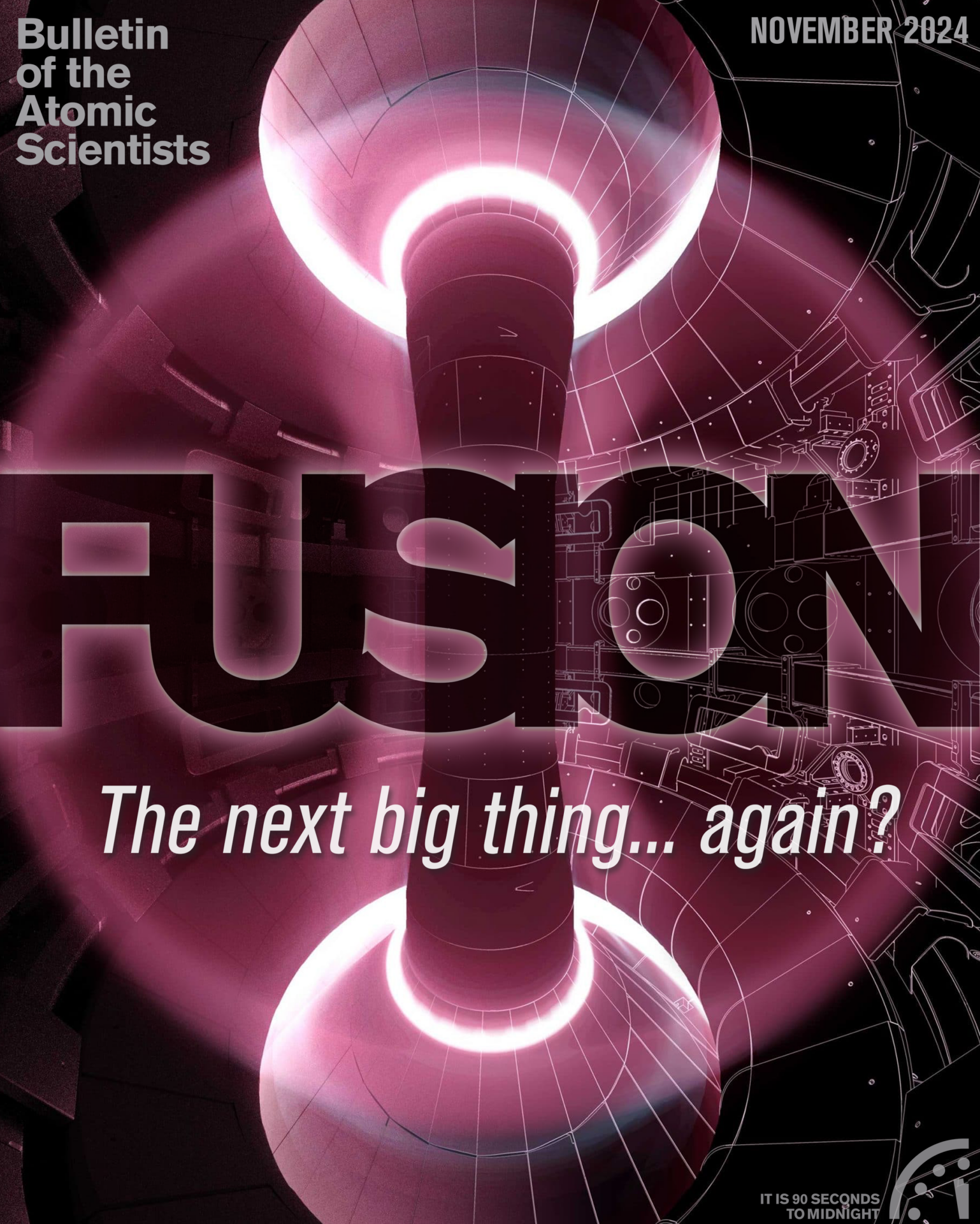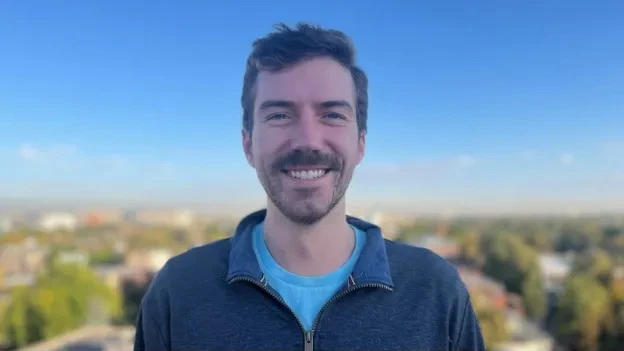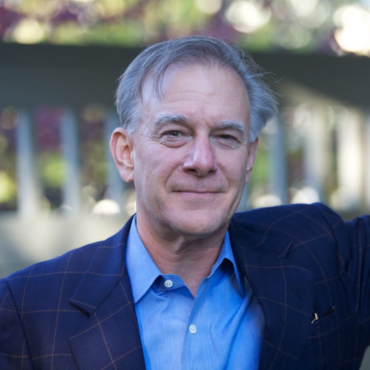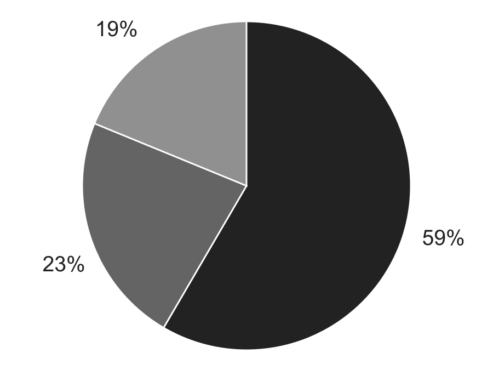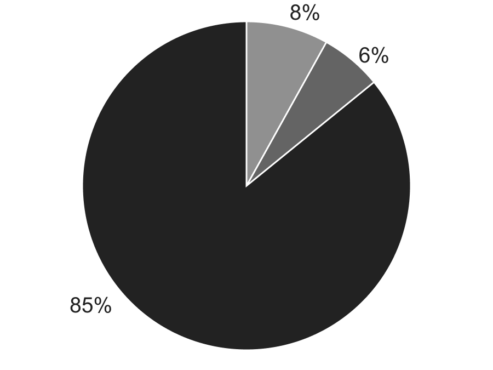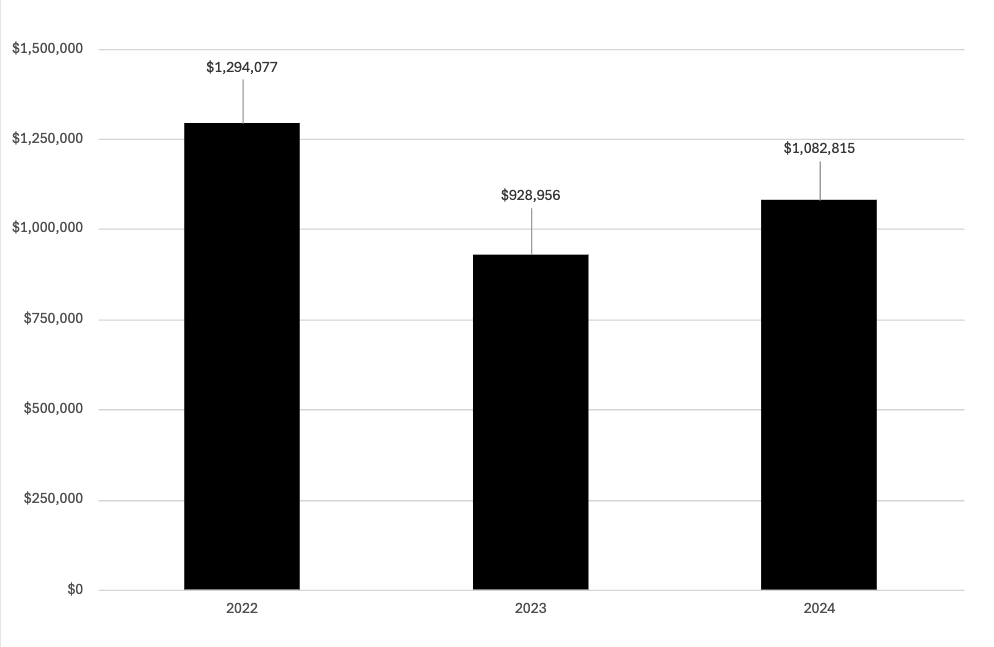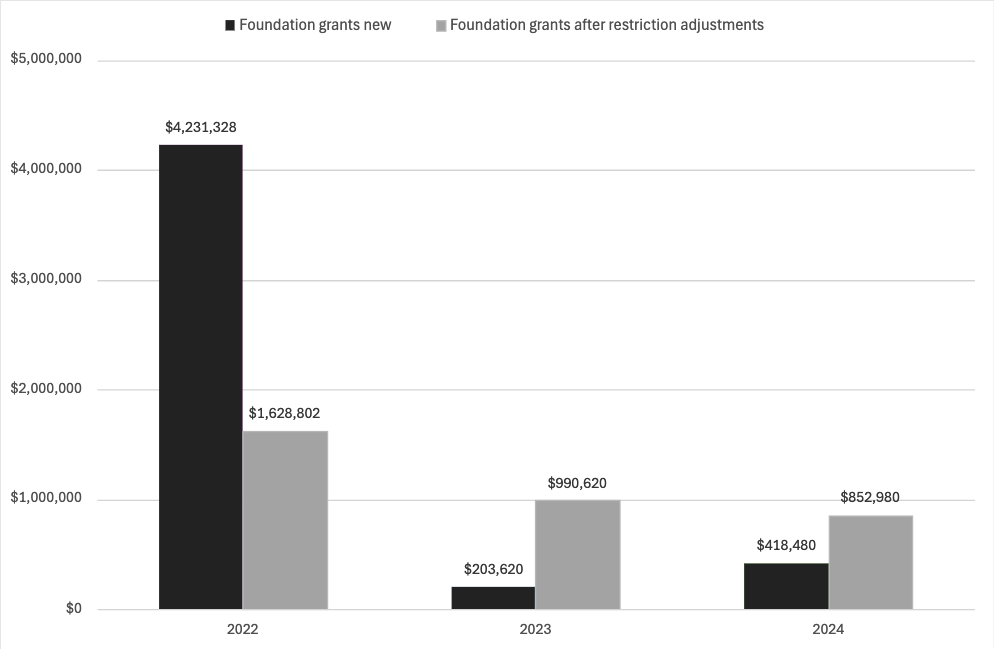Our Mission
The Bulletin of the Atomic Scientists equips the public, policymakers, and scientists with the information needed to reduce man-made threats to our existence.
At our core, the Bulletin publishes a free-access website and a bimonthly subscription magazine. But we are much more. The Bulletin's website, iconic Doomsday Clock, and regular events equip the public, policymakers, and scientists with the information needed to reduce man-made threats to our existence. The Bulletin focuses on three main areas: nuclear risk, climate change, and disruptive technologies, including advances in bioresearch and artificial intelligence. What connects these topics is a driving belief that because humans created them, we can control them.
The Bulletin is an independent, nonprofit 501(c)(3) organization. We gather the most informed and influential voices tracking man-made threats and bring innovative thinking to a global audience. We apply intellectual rigor to the conversation and do not shrink from alarming truths.
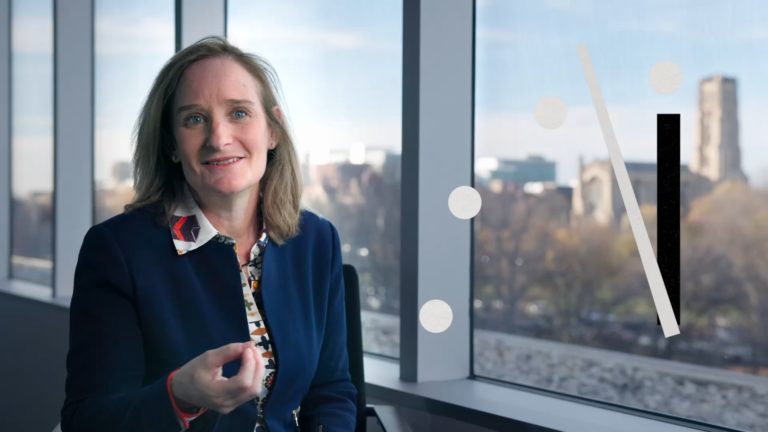
From the former President & CEO
Rachel Bronson
The year 2024 was another rough one for humanity and our planet. The nuclear threat remained far too high, and tragic fires, floods and hurricanes continued to ravage communities and landscapes alike. The threat of a new global pandemic simmered below the headlines, and advancements in artificial intelligence that promise both harms and benefits, continued to occur much faster than our ability to regulate them.
At the Bulletin, we addressed these challenges head on, every day. In the pages that follow you will see the broad range of expertise and recommendations that we brought to the attention of decision-makers and audiences around the world throughout 2024. In addition to strong editorial content and sophisticated outreach strategies, we have hosted engagement opportunities on topics such as the intersection of climate change and nuclear risk, the future of food, and briefings on the war in Ukraine. We hosted movie screenings and sent team members to conferences and workshops worldwide. We continued investing in our next generation initiative, determined to provide a platform for tomorrow's leaders to systematically work through the implications of their research. We marched our concerns about biosafety into the United Nations. And we did this all in a fiscally responsible manner.
In addition to using our time to advance the Bulletin's mission, we used 2024 to prepare for transition. Regular readers of this report may notice that our report's design is different from past years. It is also, for the first time, digitally native. For more than a decade, the world-renowned graphic designer Michael Bierut and his team at Pentagram, partnered with the Bulletin to produce one of the most compelling annual reports on the market. After a storied career that produced iconic brands and even a re-design of the Doomsday Clock, Michael has earned a well-deserved retirement. We are grateful for all he has done for the Bulletin, including serving as a board member before I took over 10 years ago.
Speaking of 10 years, this past spring, I let the Bulletin's board, staff, donors and followers know that 2024 would be my last year serving as President & CEO. Over the past 10 years, I have watched the landscape for not-for-profit organizations become thornier, just as the need for them has grown. I am proud of what we have achieved together (see the past ten annual reports if you need a refresher). But after a rewarding if challenging decade, it is time for a new leader with new perspectives, expertise and experience to take the helm. I am thrilled to pass the baton to my successor Alex Bell. I will cheer her efforts and look forward to reading the Bulletin's 2025 annual report, summarizing the many things I know that she and the Bulletin team will accomplish in her first year.
For now, I want to thank you careful readers of this annual report, and all who have contributed to it. You keep us accountable and motivated. Together, let's keep following and supporting the Bulletin and its effort to create a safer and more secure planet. Afterall, what mission could be more important?
Respectfully,
Rachel Bronson, PhD
Former President and CEO
(February 2015 - January 2025)
From the Editor-in-Chief
John Mecklin
The Bulletin had another record readership year in 2024, growing by about eight percent over the previous year and reaching almost seven million views. Along with a strong response to the Doomsday Clock announcement, this growth in readership was driven by an extraordinary range of quality articles scattered across the subjects we cover. The most-read article in 2024 was nuclear historian Alex Wellerstein's classic "Counting the dead at Hiroshima and Nagasaki," which garnered 385,000 views last year. It has received more than 1,000,000 views since it was first published in 2020.
But in 2024, the hits (as they say) just kept coming, with more than 20 articles gaining more than 50,000 views.
On our open website, the list of most-read articles from 2024 shows remarkable breadth in terms of subject matter and approach. The second-most-read article was part of our biosecurity coverage: "A 'plague' comes before the fall: lessons from Roman history." Written by Colin Elliott, an associate professor of history from Indiana University, the piece–viewed more than 200,000 times–explored how the Antonine plague of 166 AD undermined the Roman empire and how that ancient pandemic relates to the COVID-19 era. An article by and an interview with Bulletin columnist and noted meteorologist John Morales–"There's rapid intensification, there's extreme rapid intensification-and then there's Hurricane Milton" and "Hurricane Helene isn't an outlier. It's a harbinger of the future."–highlighted the reach of the Bulletin's climate coverage, garnering more than 290,000 views all together. And the Bulletin's strong and wide-ranging coverage of nuclear risks was highlighted by "Iran vs. Israel redux: The enormous difficulties and ramifications if Israel attacks Iran's nuclear sites." Written by experts from the Royal United Services Institute in London, this look at the harrowing possibilities of escalation of the Iran-Israel conflict was published twice as that conflict continued throughout last year, drawing nearly 110,000 views in all.
Among the many other major traffic draws on the website were "Bird flu in cattle: A step closer to humans or a random event?" by Greek physician Georgios Pappas (119,000 pageviews) and "Ukrainian journalist Illia Ponomarenko on the horror and absurdity of Russia's senseless, existential war" by former Bulletin nuclear affairs editor Susan D'Agostino (67,000 views).
We also continued to expand our in-depth journalism offerings last year. In March, we published a major project by award-winning journalist Paul Tullis, who spent nine months exploring the multidimensional threats to kelp forests, which are important for carbon sequestration and coastal ecosystems around the world. The result was the deeply researched and stunningly photographed "The underwater Amazon." In June, we published climate change editor Jessica McKenzie's thorough investigative piece "The University of Chicago's new climate initiative: Brave research program or potentially dangerous foray into solar geoengineering?" And in November we published Valerie Brown's exploration of the biological implications of a melting Arctic, "A rising danger in the Arctic: As climate change melts permafrost, microbes will emerge. The world isn't paying enough attention to the potential threat they pose."
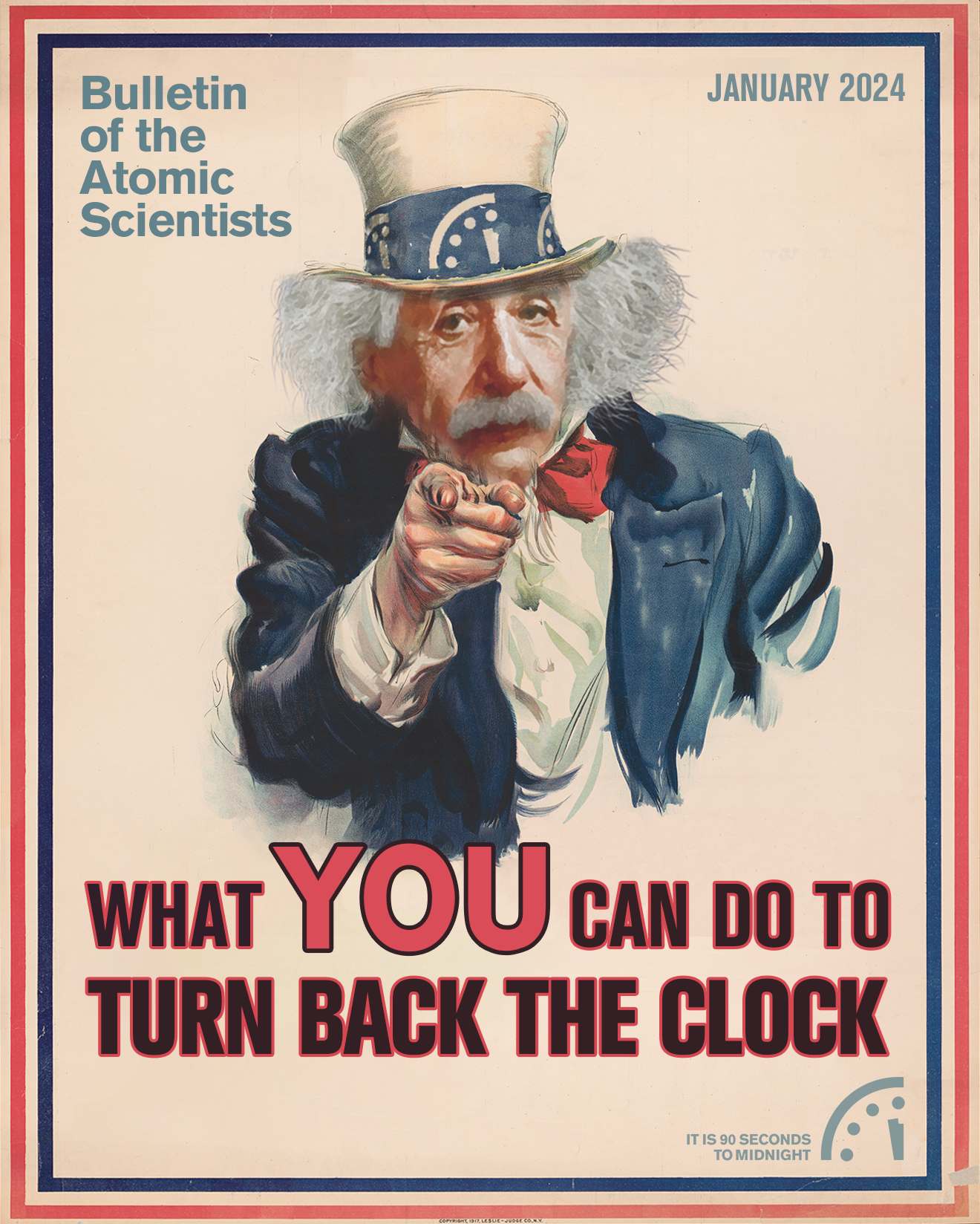
Our bimonthly subscription magazine was filled with consistently high-quality, in-depth work last year. In September, ahead of the 2024 presidential election, we published an entire issue of the magazine devoted to elections and democracy; one of its articles, "AI misinformation detectors can't save us from tyranny–at least not yet," was viewed some 24,000 times. And with the help of a famous early supporter (hint: his initials are A.E.), our January issue provided at least some answers a question Bulletin readers ask us every time the Doomsday Clock is set: How do I move the hands of the Clock away from midnight? That issue–"What you can do to turn back the Clock"–featured articles about individual efforts that can aid in the reduction of existential risks and drew a large response, with three pieces showing among the top 25 in viewership for January and February.
Beyond writing, soliciting, and editing important and interesting articles, the editorial staff reaches out to the public in a variety of in-person efforts. In mid-May Bulletin biosecurity editor Matt Field moderated an expert panel discussion that was part of "Biosafety and the origin of the COVID-19 pandemic: Evidence and policy implications," an event hosted by the Brookings Institution. In February, Bulletin nuclear affairs editor François Diaz-Maurin participated in the US Energy Department's consortium on consent-based siting for commercial spent nuclear fuel management. And in December I moderated a panel discussion at the Outrider Foundation's Nuclear Reporting Summit in Washington, D.C., titled "Asking the Right Questions and Finding Overlooked Stories."
The media industry continued to suffer economically in 2024, with inflation, weak advertising, and other negative business trends leading to job cuts at and closure of news outlets in the United States and elsewhere. Meanwhile, misinformation and disinformation exploded on the internet, further blurring the line between fact and fantasy. In that dour media landscape, the Bulletin of the Atomic Scientists stood out, thriving, both financially and critically, as the world's leading source of expert journalism about nuclear weapons, climate change, and other major global threats. There are many reasons for our success, including the collaborative nature of the Bulletin's leadership, which has produced a shared, strategic, flexible, and inspiring vision for growing the organization across its dimensions.
But the world does not stand still, and neither does the Bulletin. After 10 years of inspired leadership from Rachel Bronson, a new and accomplished CEO, Alex Bell, takes the Bulletin helm, bringing fresh energy and ideas for dealing with an increasingly complex and dangerous international security situation, and our editorial staff is poised to help her continue to expand the Bulletin's impact. But all of our success is actually attributable, directly or indirectly, to you, our supporters, who believe in our mission and provide the means to carry it out. With your continued backing, we will find ever more powerful and inventive ways to tell the stories of what I have long considered humanity's most important and fascinating pursuit: survival.
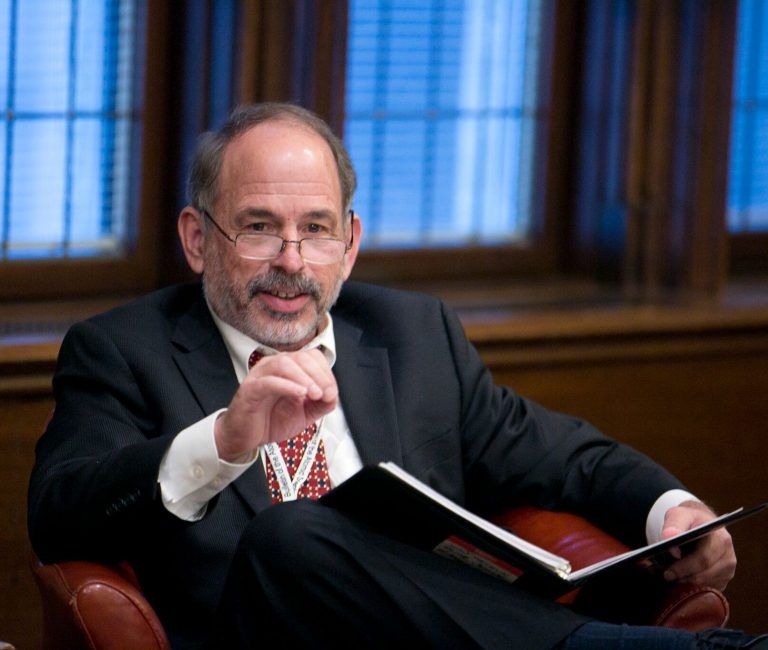
A year in review
Nuclear Risk
Welcome to the antechamber of the next nuclear crisis
This past year, there has not been a single week without a reminder of the danger posed by nuclear weapons. Nuclear noise and signaling were evident; officials made implicit or explicit references to nuclear weapons and their possible use–seeming, for some observers, to call almost everything a nuclear threat. But the biggest change this year in international security is, arguably, the instability now at the doors of nuclear powers, and the looming possibility of a nuclear crisis.
Climate Change
Potential progress on climate change
2024 was the hottest year on record, with global mean surface air temperatures more than 1.5 degrees Celsius warmer than the pre-industrial average. Global greenhouse gas emissions are also projected to reach an all-time high of 41.6 billion metric tons, a billion more than last year, as a result of continued fossil fuel emissions and deforestation. These are depressing, if not unexpected, milestones.
What stands out most is our coverage of solutions-from promising nature-based adaptation and mitigation efforts to dangerous, techno-optimist interventions in the Earth's climate.
Disruptive Technologies
Another year, another 366 days of tech
(with a healthy dose of AI)
While there was no shortage of interesting developments in a variety of emerging technologies, artificial intelligence seems to have taken over many of 2024's headlines. Its prevalence in news coverage featured both its, sometimes, overblown capabilities and its suitability for important decision-making, including the analysis of health test results and surveillance databases. Beyond AI, many noteworthy events this past year spawned stories on the tech industry's influence on politics, journalism, misinformation and disinformation in the digital ecosystem, and the expansion of surveillance around the world.
Biosecurity
Experts encourage vigilance
The next pandemic could be lurking just around the corner. In Africa, a deadly version of mpox circulating in Democratic Republic of the Congo threatened to spark a wider outbreak. Not only that, but a mysterious disease killing children in that country remained unreported to global health authorities for over a month. In the United States, avian influenza appeared in cattle herds, putting workers at risk of exposure to a virus that could be just a few mutations away from becoming a real human threat. Meanwhile, the incoming Trump administration appeared poised to place in charge of US public health agencies an activist who has spent years sowing doubt about vaccines, an effective means of sidestepping the pathogens constantly lurking about humanity's doorstep.
A through line in much of the Bulletin's biosecurity coverage of 2024 was a focus on infectious diseases–the toll they can exact (did one fell the mighty Roman empire?), the role climate change is playing in their spread, and even the non-natural routes by which they may jump into humans.
Magazine
Growing a global audience
For over 75 years, the Bulletin of the Atomic Scientists magazine has published leading experts on nuclear risk, climate change, and disruptive technologies, including from luminaries such as Jennifer Doudna, Albert Einstein, Mikhail Gorbachev, and John F. Kennedy.
A highlight of the year was the September issue of the magazine focused on the 2024 elections, "How to Protect the Elections and Democracy in a Critical Political Year"
In the preface to the issue, Editor-in-Chief John Mecklin, and Executive Editor Dan Drollette, recall efforts in 2020 by supporters of then-President Donald Trump, and two years later of Brazilian President Jair Bolsonaro, of trying to overturn election losses. Thankfully both efforts failed, but those efforts are part of a broader trend around the world of populist political campaigns to attempt to move away from democracy and toward authoritarian or autocratic rule.
0
The number of libraries the magazine can be found in around the world0%
Increase in individual subscriptions in the past 5 yearsBecause representative governance is critical to the reduction of major global risks, the September issue of the Bulletin of the Atomic Scientists explored ways that free elections and democracy in general might be preserved and protected.
In 2024, the bi-monthly issues of the magazine also tackled the issues surrounding melting glaciers, demagogues, climate crises, fusion bombs, breadfruit trees, and the Greta Thunberg of AI. Each of these subjects was at the center of articles published in the Bulletin of the Atomic Scientists' bimonthly magazine in 2024, and each of those articles was among our best magazine articles of the year.
2024 Rieser Award Recipient
Collin Van Son
The Bulletin was delighted to announce Collin Van Son as the 2024 Leonard M. Rieser Award recipient for his November piece, "Dispatch from a nuclear petting zoo."
"In his powerful piece, Collin Van Son offers a deft and often wry account of his tour of Offutt Air Force Base in Eastern Nebraska, home of the US Strategic Command," Bulletin Editor-in-Chief John Mecklin said. "Stratcom is the entity responsible for maintaining and, if necessary, employing the US nuclear arsenal, and Van Son's exploration of the lexicon used there includes light-hearted observations that have quirky undertones; three nuclear-capable aircraft, for example, are called 'the petting zoo' because visitors are encouraged to physically touch them. But his essay is, at its core, deeply serious, focusing on the words, images, and metaphors that, he writes, 'speak to a deep-seated belief that nuclear weapons are natural and controllable, and therefore acceptable.' Van Son explains why that belief needs fundamental re-examination-by voters, leaders, and nuclear experts-in precisely the type of well-argued and distinctive prose that the Rieser Award is meant to honor."
Learn more about Leonard M. Riesner and the Bulletin's Voices of Tomorrow Program.
Doomsday Clock Announcement
Global engagement
amplifying the Clock Statement
The Bulletin's Digital Team engages dozens of issue-oriented groups each year, with pre-announcement briefings and visual assets for their own social media postings. Each year there are featured postings on social media and organization websites like the Elders, Norway ICAN, Abolition 2000, Physicians for Social Responsibility, Friends Committee on National Legislation, Outrider, PSR - Greater Boston, PSR Washington, Council for a Livable World, European Leadership Network, and more.
0
Day of earned-media stories of the announcement0
First week streaming of the announcement0
First week following the announcement pageviewsEach year, the Doomsday Clock Announcement is featured in the largest news outlets in the world and the accompanying statement is viewed over a million times, forcing a conversation about catastrophic risk, and options for reducing those risks. Below is very small sampling of global features.
Conversations Before Midnight
Convened a week after the US elections, Conversations Before Midnight, the Bulletin's most important fundraising event of the year, allowed attendees to come together as a community and discuss what the results mean for our collective future.
In addition to hearing remarks from featured speaker David Ignatius, the Bulletin honored outgoing President and CEO Rachel Bronson and recognized her 10 years of service to the Bulletin.
The conversations continued off the main stage with an audience of about 250 curious-minded attendees, many of whom are civic and scientific leaders, including those who set the Doomsday Clock.
The highly successful evening raised $225,000 in support of the Bulletin's mission.
Featuring a conversation with Washington Post columnist and best-selling novelist, David Ignatius.
2024 Conversation Before Midnight Sponsors
Platinum Sponsors
Paul Francis & Lee Francis
David Kuhlman & Martha Esch
Joan & James Shapiro Foundation
Gold Sponsors
The Crown Family
Lotis Blue Consulting
Northern Trust
William & Eleanor Revelle
Lynne & David B Weinberg
Silver Sponsors
Alvin H. Baum Family Fund
Susan & Stephen Baird
Kennette Benedict & Robert Michael
John Bremen & Laura Frohlich
The Bronson & Matthews Families
DeBlasio Family Foundation
Robert LoPrete & David Germaine
Steve Ramsey & Ann Jones
Richard & Ellen Sandor Family Foundation
Bronze Sponsors
Diamond Family Foundation
M Harris & Co.
Stephanie and William Woodson
In Memoriam
Remembering significant contributions to science and global security
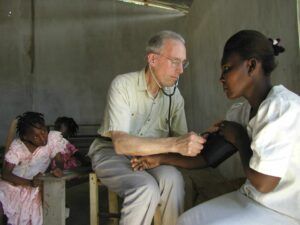
Howard Hiatt, Bulletin Board of Sponsors member
Passing away at the age of 98 years old, Hiatt spent much of his career working to advance global health initiatives, mentor the next generation of scientists and physicians, help underserved communities, and raise awareness about the consequences of nuclear weapons.
"Howard's legacy is a testament to the longstanding commitment that the world's science leaders have in identifying existential threats and their responsibilities in helping us minimize them," said Bulletin President and CEO Rachel Bronson. "His roles on the Board of Sponsors helped advance the Bulletin's work and draw attention to many of the issues he and we hold dear, namely protecting humanity from dangers of our own making. We are profoundly grateful for his contributions to science and his support of our mission."
Philanthropy–supporting the importance of uplifting
the voices of science to effect policy
Andreas Persbo is a recognized nuclear expert. He currently serves as the director of Open Nuclear Network (ONN), a program of PAX sapiens, a network of family-driven foundations focused on existential risks including nuclear proliferation, US-China relations, and pandemic prevention. Previously he served as a founding member of the United Kingdom-Norway Initiative on Verified Warhead Dismantlement and as the executive director of London's Verification Research, Training, and Information Centre.
Persbo credits the Bulletin with helping to shape and propel his career trajectory. He recently sat with the Bulletin for an interview to discuss its role in uplifting the voices of emerging experts and serving as a pillar of the community combating existential risk.
Bulletin: You have a long history with the Bulletin. Can you tell us a bit about how you first became interested in the Bulletin and how you think it has shaped your career?
I published my first major article with the Bulletin's subscriber magazine, titled "Watching the World," in 2005. It was my articles in the Bulletin that brought me name recognition and developed my credibility as someone in the nuclear community. I would not have been taken seriously by a lot of the people I interacted with back then if it had not been for my being a recognized author in a recognized central publication. It opened doors for me, and many important nuclear initiatives came as a result. Some publications carry a lot of weight, and the Bulletin is one of them. It has a consistent track record on publishing inside our community and field, making it a core institution for experts to turn to. It has reach, it has impact.
Bulletin: Your experience is a great example of how the Bulletin hopes to elevate the voices of the Next Generation Initiative to uplift newer voices and set them on their path.
Yes, today's upcoming researchers are tomorrow's leaders, and they won't be unless you invest in them. The Bulletin gives the next generation the opportunity to be taken seriously. It is a sacred institution and many experts in this field started by publishing at the Bulletin. It fills a crucial space for leaders in the field and emerging experts to hone their ideas, engage the public, and connect with policymakers worldwide.
Bulletin: What do you see as the Bulletin's greatest impact?
The Bulletin reaches a much wider audience than many other outlets. It has consistently highlighted the evolution of risk through the Doomsday Clock, which is a powerful visual representation. Since the 1990s, risk has been constantly increasing and moving the needle closer to midnight. How we tackle today's nuclear challenge is a difficult problem that doesn't just belong to the intellectual elite – it belongs to everyone. Though most see nuclear risk as an abstract problem, it is within our agency to remove the risk. It is difficult, but solvable. And if it is solvable, then it is within our agency to do something about it. I thank the Bulletin for holding the line on nuclear matters and consistently highlighting the harms that will come from withdrawing in this space.
Bulletin: You recently moved into your role at PAX sapiens. Can you tell me more about the gap that PAX sapiens seeks to fill?
At PAX sapiens and ONN, I work to inspire the involvement of individuals and foundations to reinvest in the nuclear space and encourage the participation of other funders that traditionally have not been looking at nuclear issues. I am concerned about declining funding in the nuclear space. In the context of nuclear risks, there is increasing salience of nuclear weapons. While this is happening, nuclear risk is being defunded and deprioritized. We need to look at the combination of increasing risks and decreasing capacity to deal with the risks and come to the conclusion that we need to do something about it. What I would say to other funders and donors is, "Join us in this." This is too important. The problem is too big. Even the smallest person can make a difference.
Bulletin: You mention how everyone has a role to play - can you tell our readers how they can help?
Everyone playing their part: supporting education, engaging in conversation, and casting a vote are all impactful ways individuals can join the fight. Focus your attention and try to improve the situation. The moment you stop working, there is no solution. The moment is now, and the Bulletin provides a path forward.

With gratitude
For our generous donors
The Bulletin of the Atomic Scientists is thankful for our community of donors who believe science should serve humanity, not threaten it. For more than seven decades, this dedicated network of donors has sustained the Bulletin.
We extend our deepest gratitude to the board leaders, individuals, and institutions who made contributions between July 1, 2023 and June 30, 2024.
Financial Overview
Management discussion and analysis
We design our financial reporting to provide donors and the public with a transparent overview of our finances. This Management Discussion and Analysis (MD&A) aims to help readers of our financial statements make reasonable inferences about the Bulletin's progress in accomplishing our mission in a manner that is financially responsible. We recognize the trust our supporters place in our management of their contributions, and sound fiscal policies and procedures are a top priority for the Bulletin.
As in prior years, our independent auditors, Miller Cooper LLP, gave the Bulletin an "unmodified" opinion, the highest assurance level. This narrative expands on that statement and supplements the financial statements below. The complete audited financial statements for 2024 are available by request, and the Bulletin's annual "990" informational tax filing, which utilizes these audited numbers, is available on various public reporting websites.
Individual and foundation contributions continued to serve as core support for the Bulletin's mission-critical work in 2024. We present examples of this throughout this annual report. I am pleased to share that those contributions provided nearly $2.7 million to support our work. The charts labeled "New Individual Gifts and Corporate Support" and "Foundation Support," show a comparative analysis of contributions over the past two years. With recent changes in a major funder's priorities, we will need to replace this support, and renew past multi-year support for our bio work in order to continue the impact and outreach we have demonstrated over previous years.
Revenue in 2022 reflects significant contributions supporting our work on bio-risk and more general capacity building. These contributions were intended to be utilized over several years to enable growth in these crucial areas. They provide a foundation for the Bulletin to build upon in the years ahead to seek additional support. A corresponding increase in expenditures for specific initiatives accompanied these increased revenues and offset their net effect. These multi-year grants and commitments are reported as revenue in the fiscal year when pledged as required by Generally Accepted Accounting Principles (GAAP). They will need to be replaced in the near future.
The upfront recognition required by GAAP occurs even when funds may not be received or used until the later years of the grant's disbursement. These requirements continue to make the annual presentation challenging as their operational use spans multiple years. Note that the deferral of such revenue for future operations occurs before our financial reports calculate net revenue for the year. Our ability to secure multi-year support is a strong endorsement of our efforts, notwithstanding the required accounting treatment, as multi-year commitments provide external validation of our strategy, governance, and impact.
In addition to temporarily restricting contributions for future periods and initiatives, the Bulletin uses surpluses of unrestricted net assets to support future operations when results end positively. The Bulletin ended 2024 with an operating surplus that was added to our unrestricted net assets at the end of the year and is allocated for use in 2025. Contributing to this surplus were continued strong returns on investments, resulting from interest rates remaining at higher levels. While these rates are expected to drop in 2025, the Bulletin has utilized a balanced strategy by purchasing fixed-rate treasuries to ensure continued income streams this year and beyond.
Readers will notice that the Bulletin maintained a strong Statement of Financial Position or balance sheet in 2024. Most assets are investments reserved for future use due to multi-year grants received upfront and board-approved operating and strategic reserves. The Bulletin invests in a conservative portfolio of assets spread among numerous classes of investments. Such amounts are released from restriction into normal operations to meet requirements. As in the past, the Bulletin has no long-term debt and maintains minimal short-term liabilities, which rarely exceed thirty days.
If you have any questions about this report or need additional financial information, please do not hesitate to contact the Bulletin at [email protected].
Thank you for your generous and sustained support. We could only do this with you.
Sincerely,
Rachel Bronson, PhD
Former President and CEO
